Natural Resources
All Natural Resources Content
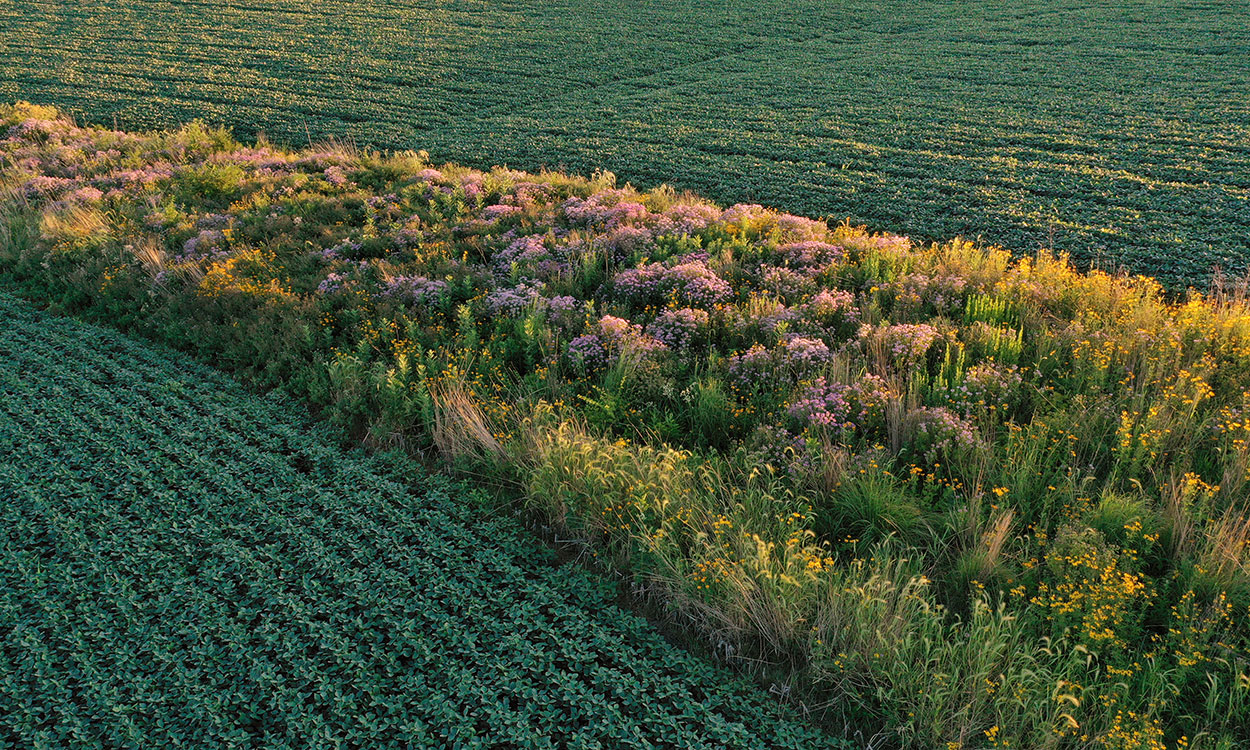
Using Prairie Strips To Protect South Dakota Water
Prairie strips are a new continuous Conservation Reserve Program practice that integrates native prairie plantings oriented linearly within a row crop field to reduce soil erosion and runoff.
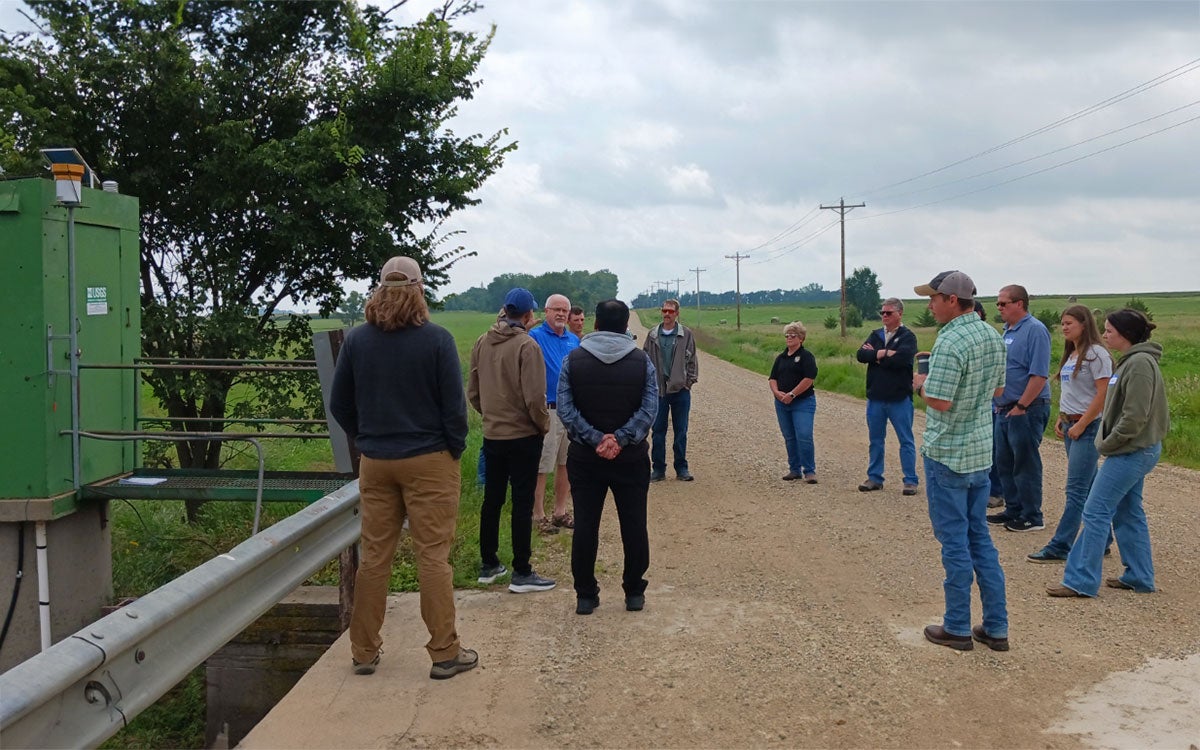
The Importance of Riparian Areas
Riparian areas occur along streams, rivers, wetlands, lakes, and shorelines and can be considered the last line of defense before pollutants enter a body of water. Learn about the many benefits these areas offer and the programs available to support their conservation.
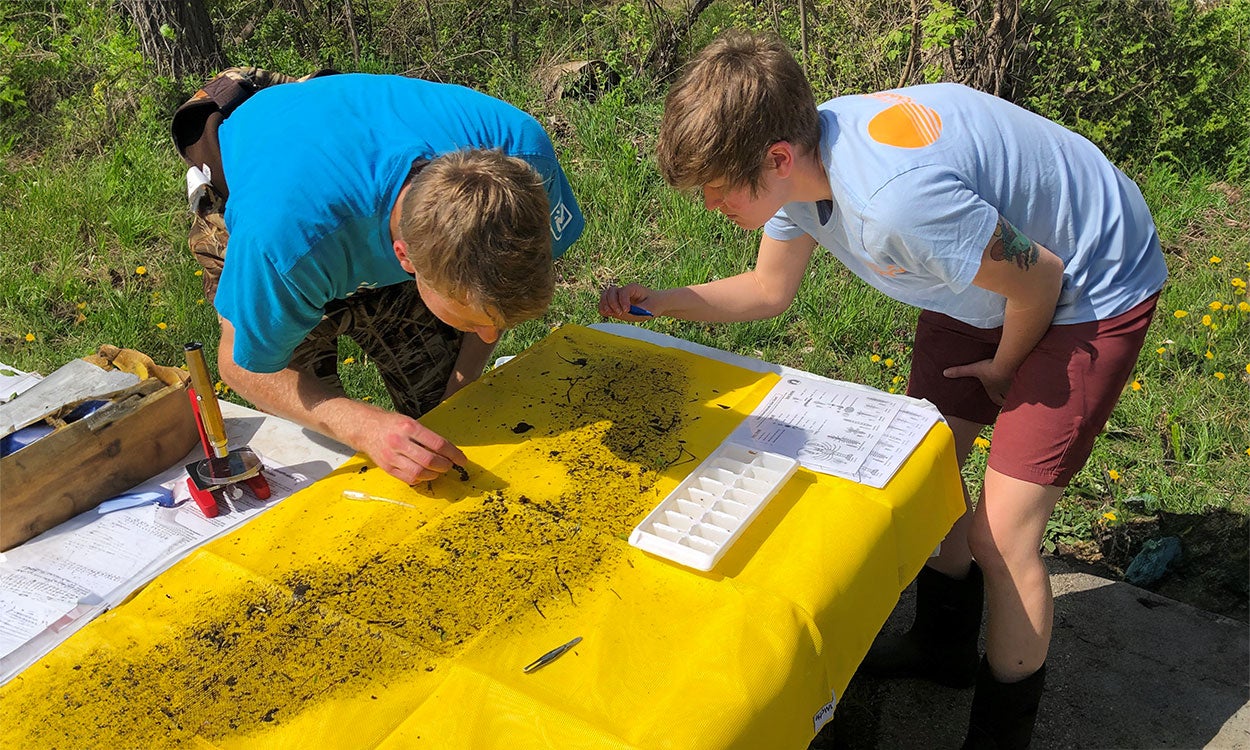
Aquatic Invertebrate Sampling: Teaching an old dog old tricks
Sampling aquatic macroinvertebrates is an important aspect of assessing surface water quality. Their presence, absence, and abundance give us an indication of the condition of the waterbody.
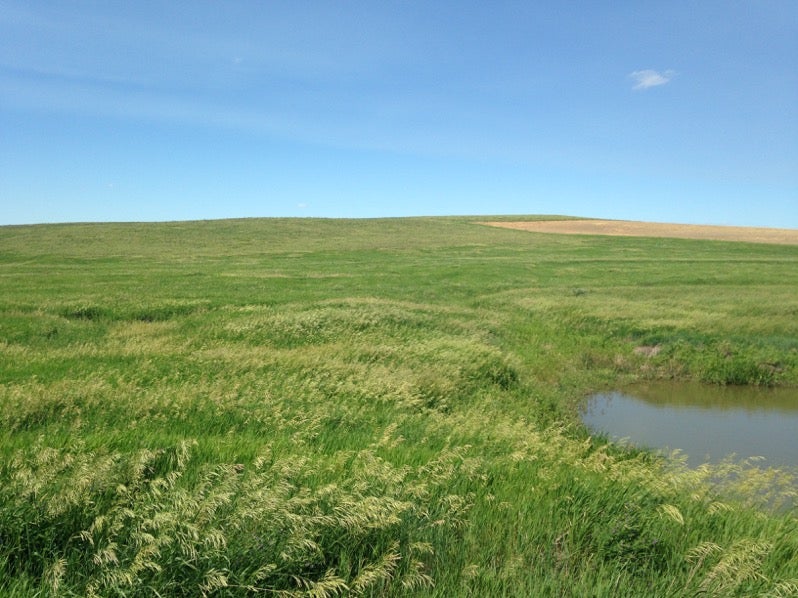
Smooth Bromegrass Grazing Management
Smooth bromegrass is a cool-season introduced grass with an advanced root system that tolerates temperature extremes and drought exceptionally well.
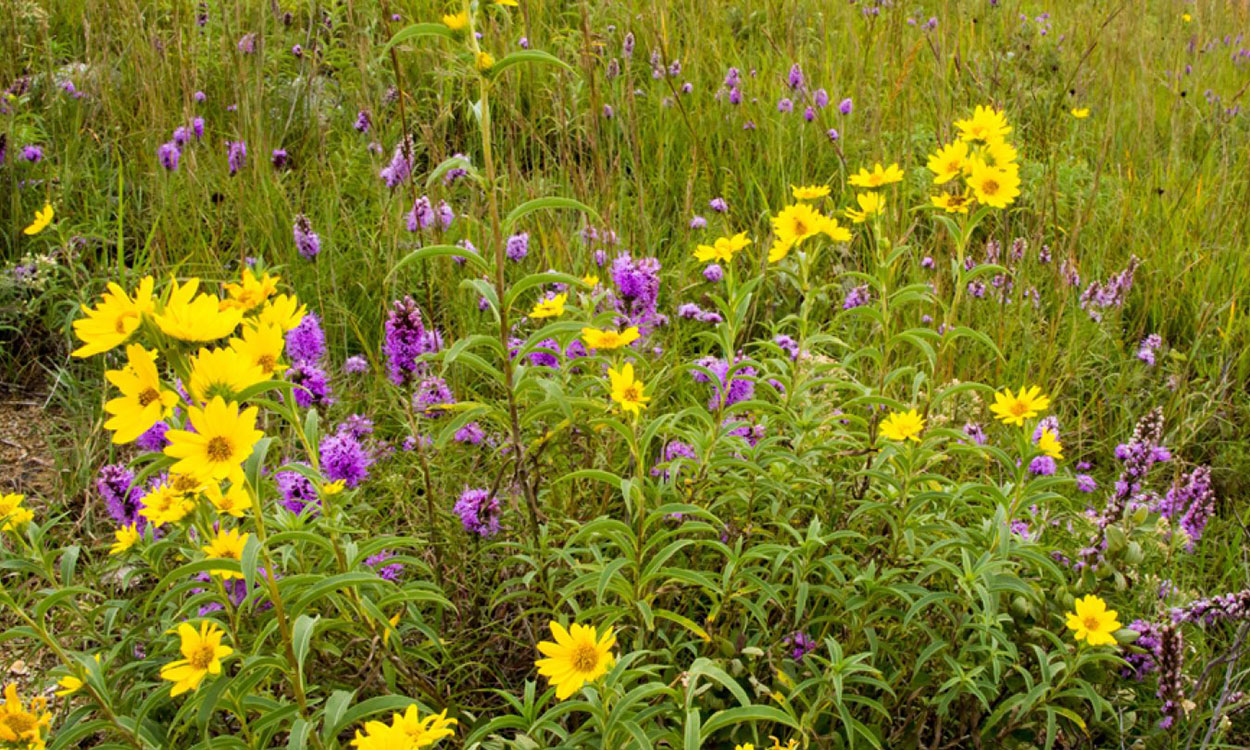
Range Roundup: SDSU’s Native Plant Initiative
The SDSU Native Plant Initiative aims to improve our understanding of South Dakota’s native plants, including which ones are best-suited for restoration and production. This information will help guide stakeholders in matching native species to desired restoration outcomes.
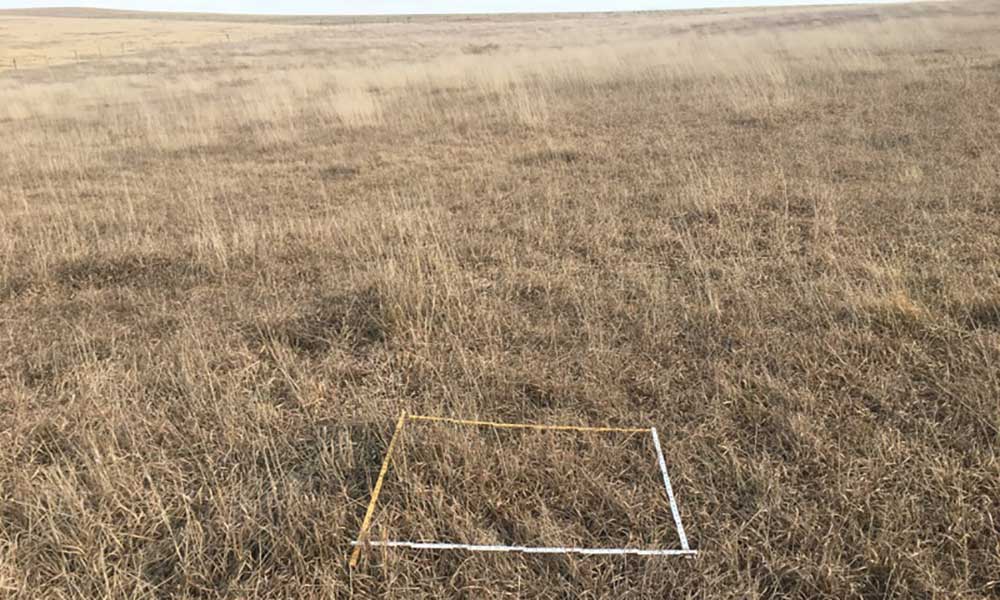
Getting Ready for Winter on the Range
During periods of summer and fall drought, winter grazing opportunities may be limited or not available at all. Ranch managers must ensure that enough residual plant height and vegetation cover of the soil surface is available through the winter to aid in recovery of the rangeland.
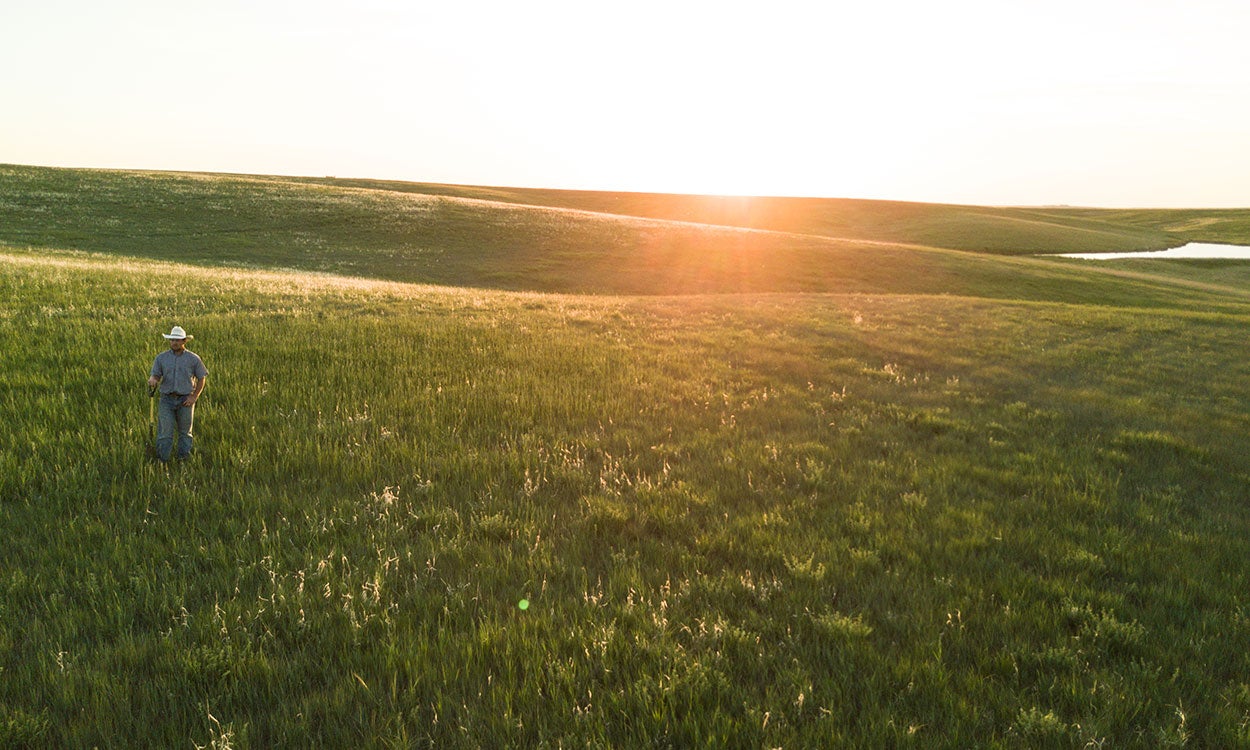
Grassland Fertilization: Terminology and Economics
This article is the first in a series of six focused on helping producers understand the pros and cons of grassland fertilization. We begin by learning some of the basic terminology and information related to fertilization.

Grassland Management Do’s and Don’ts
This article is intended to address the variety of questions we receive related to establishing, re-establishing and maintaining grass-based plantings for grazing, hay, wildlife and recreation.
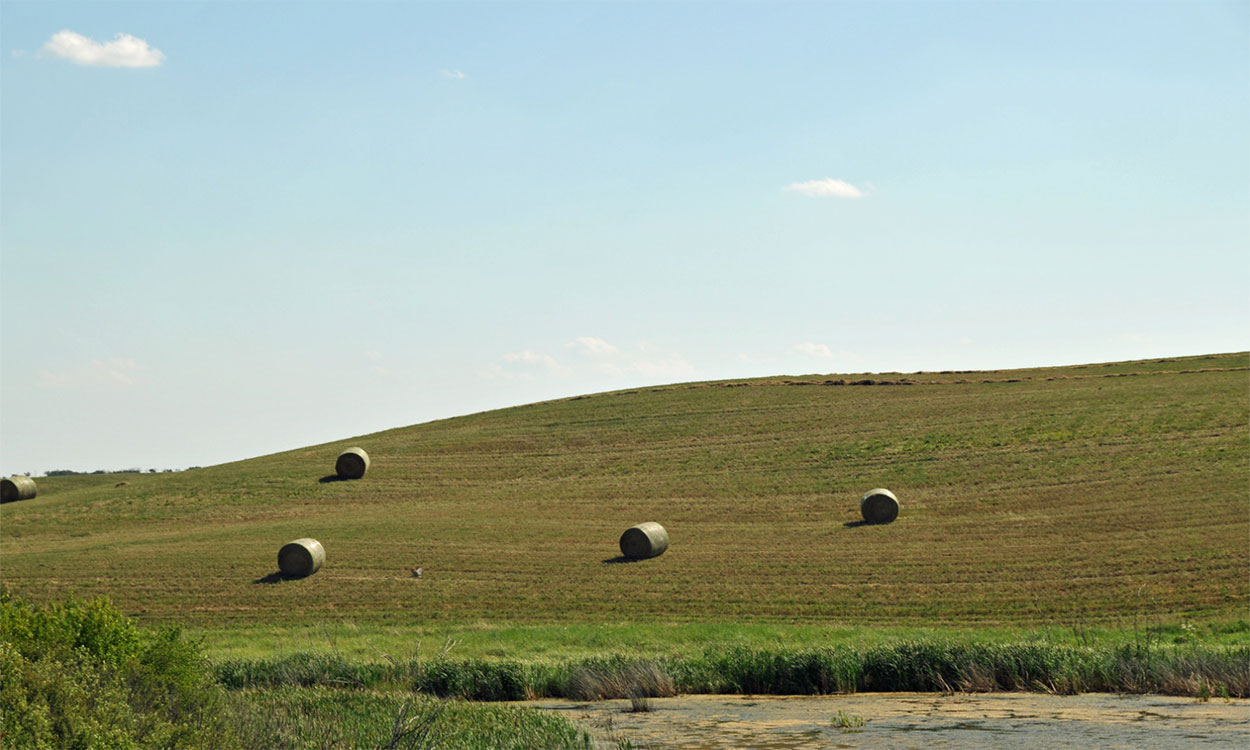
Haying and Mowing/Clipping
While grazing is the primary means of harvesting the majority of South Dakota’s native grasslands, haying also plays an important role in native and tame grassland management.
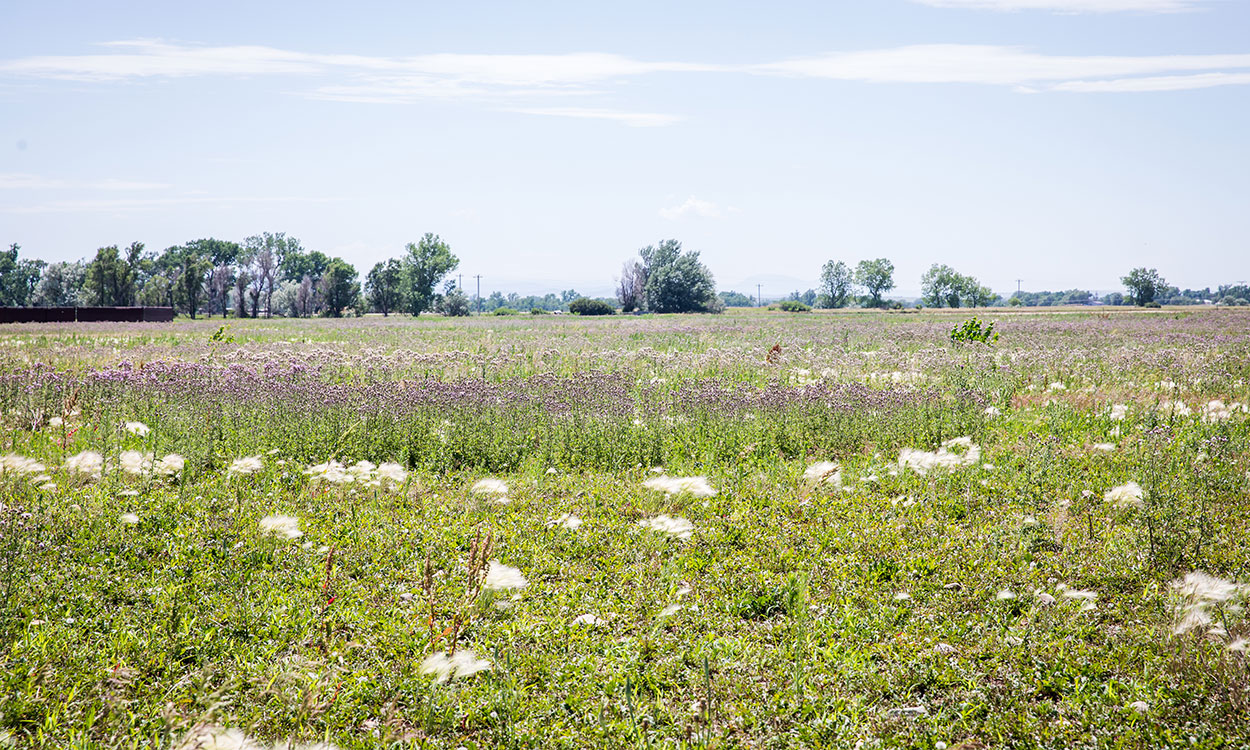
Invasive Species Management in Grasslands
Once invaded, grasslands can shift dramatically toward dominance of exotic species and require an integrated approach to species control that considers all tools, such as mechanical (cutting, burning), cultural (grazing) or chemical alternatives.